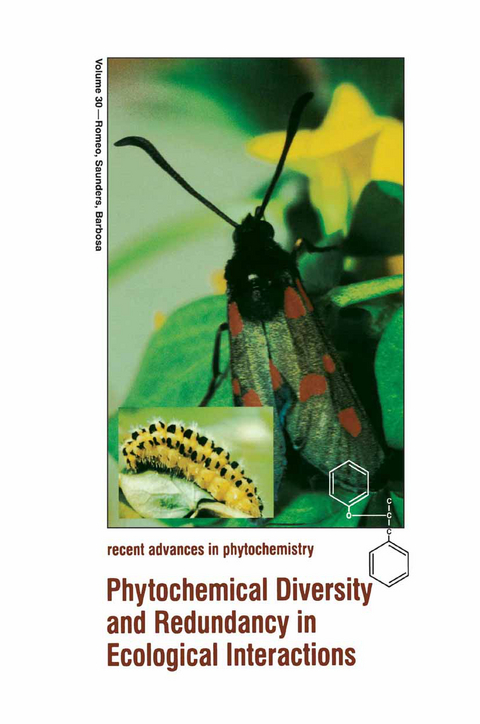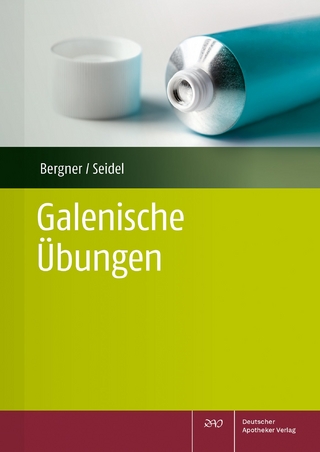
Phytochemical Diversity and Redundancy in Ecological Interactions
Kluwer Academic/Plenum Publishers (Verlag)
978-0-306-45500-1 (ISBN)
Diversity within and among living organisms is both a biological impera tive and a biological conundrum. Phenotypic and genotypic diversity is the critical currency ofecological interactions and the evolution of life. Thus, it is not unexpected to find vast phytochemical diversity among plants. However, among the most compelling questions which arise among those interested in ecological phytochemistry is the extent, nature, and reasons for the diversity of chemieals in plants. The idea that natural products (secondary metabolites) are accidents of metabolism and have no biological function is an old one which has resurfaced recently under a new term "redundancy. " Redundancy in the broader sense can be viewed as duplication of effort. The co-occurrence of several classes of phytochemieals in a given plant may be redundancy. Is there unnecessary duplication of chemical defense systems and ifso, why? What selective forces have produced this result? On the other hand, why does the same compound often have multiple functions? At a symposium of the Phytochemical Society of North America held in August 1995, in Sault Ste. Marie, Ontario, Canada, the topic "Phytochernical Redundancy in Ecological Interactions" was discussed. The chapters in this volume are based on that symposium. They both stimulate thought and provide some working hypotheses for future research. It is being increasingly recognized that functional diversity and multiplicity of function of natural products is the norm rather than the exception.
Phytochemistry and Diversity: Adaptation or Random Variation? M.R. Berenbaum, A.R. Zanger. Diversity, Redundancy and Multiplicity in Chemical Defense Systems of Aspen; R.L. Lindroth, S.Y. Hwang. Diversity and Dynamics of Crucifer Defenses against Adults and Larvae of Cabbage Butterflies; J.A.A. Renwick. Defensive Chemicals in Grass-Fungal Endophyte Associations; M.R. Siegel, L.P. Bush. Multiple Defenses and Signals in Plant Defense against Pathogens and Herbivores; R. Hammerschmidt, J.C. Schultz. Phytochemistry of the Meliceae: So Many Terpenoids, So Few Insecticides; M.B. Isman, et al. The Role of Mixtures and Variation in the Production of Terpenoids in Conifer-Insect-Pathogen Interactions; R.G. Cates. Relationships between the Defense Systems of Plants and Insects: The Cyanogenic System of the Moth Zygaena trifolii; A. Nahrstedt. Polyphenol Oxidase as a Component of the Inducible Defense Response in Tomato against Herbivores; C.P. Constabel, et al. The Role of Benzoic Acid Derivatives in Systemic Acquired Resistance; S. Uknes, et al. Natural Products, Complexity, and Evolution; B.B. Jarvis, J.D. Miller. An Explanation of Secondary Product Redundancy; R.D. Firn, C.G. Jones. Index.
| Reihe/Serie | Recent Advances in Phytochemistry ; 30 |
|---|---|
| Zusatzinfo | VIII, 319 p. |
| Verlagsort | New York |
| Sprache | englisch |
| Maße | 155 x 235 mm |
| Themenwelt | Medizin / Pharmazie ► Pharmazie ► PTA / PKA |
| Naturwissenschaften ► Biologie ► Biochemie | |
| Naturwissenschaften ► Biologie ► Botanik | |
| ISBN-10 | 0-306-45500-5 / 0306455005 |
| ISBN-13 | 978-0-306-45500-1 / 9780306455001 |
| Zustand | Neuware |
| Haben Sie eine Frage zum Produkt? |
aus dem Bereich


